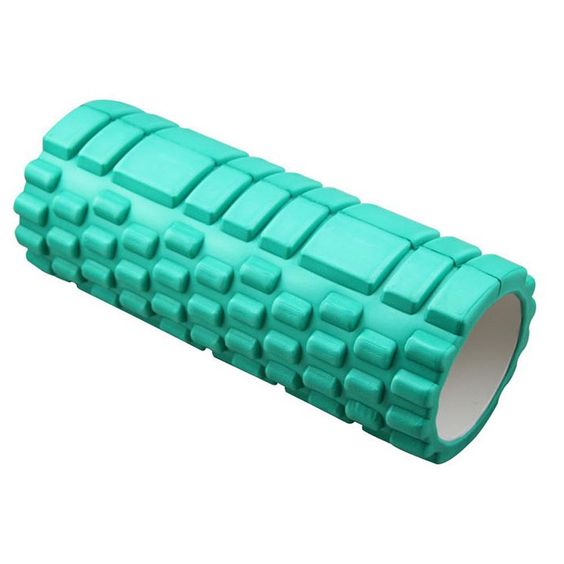A foam roller is a great tool to use if you ever experience issues such as muscle pain, inflammation, tightness, or soreness. Foam rolling for the win!
Technically you can use whatever you find available at home, like a tennis ball or even your hands, as long as you apply your body weight pressure to trigger the muscle knots. However, a proper foam roller makes the whole exercise a lot easier and has quite a few benefits.
It’s basically you giving yourself a massage – or self-myofascial release (SMR) – to use a more medical term. The purpose is to break up muscle knots to allow the blood flow to go back to normal. That, in turn, will help you go back to your regular exercise routine with less pain.
As with anything related to self-care, there are a few do’s and don’ts.
Do:
- Roll slowly. Keep a slow-paced motion back and forth.
- Roll over a pressure point around 5-10 times (approx 25 sec on each spot)
- Leave 24-48 hours between foam rolling sessions, allowing your body to recover. As with everything – balance is key.
Don’t:
Roll on your lower back (use a softer tool for this, such as a tennis ball), your neck, or directly on a bone or joint.
Remember that this exercise should hurt a bit; it’s not the most pleasurable one. It’s more of a ‘cringe in delight’ type of activity, but it should also not hurt you to the point of sharp, unbearable pain. If you feel it’s too much, try to roll and massage the surrounding area first.
Benefits of foam rolling
Pain aside, the benefits are many, and for those of you who feel frustrated when muscle inflammation, tightness, and soreness get in the way of your sports activities; foam rolling can absolutely help you – it relieves muscle soreness and speeds up post-workout recovery. It’s also a great tool to soften sore muscles for those who work long hours sitting down or standing up.
















